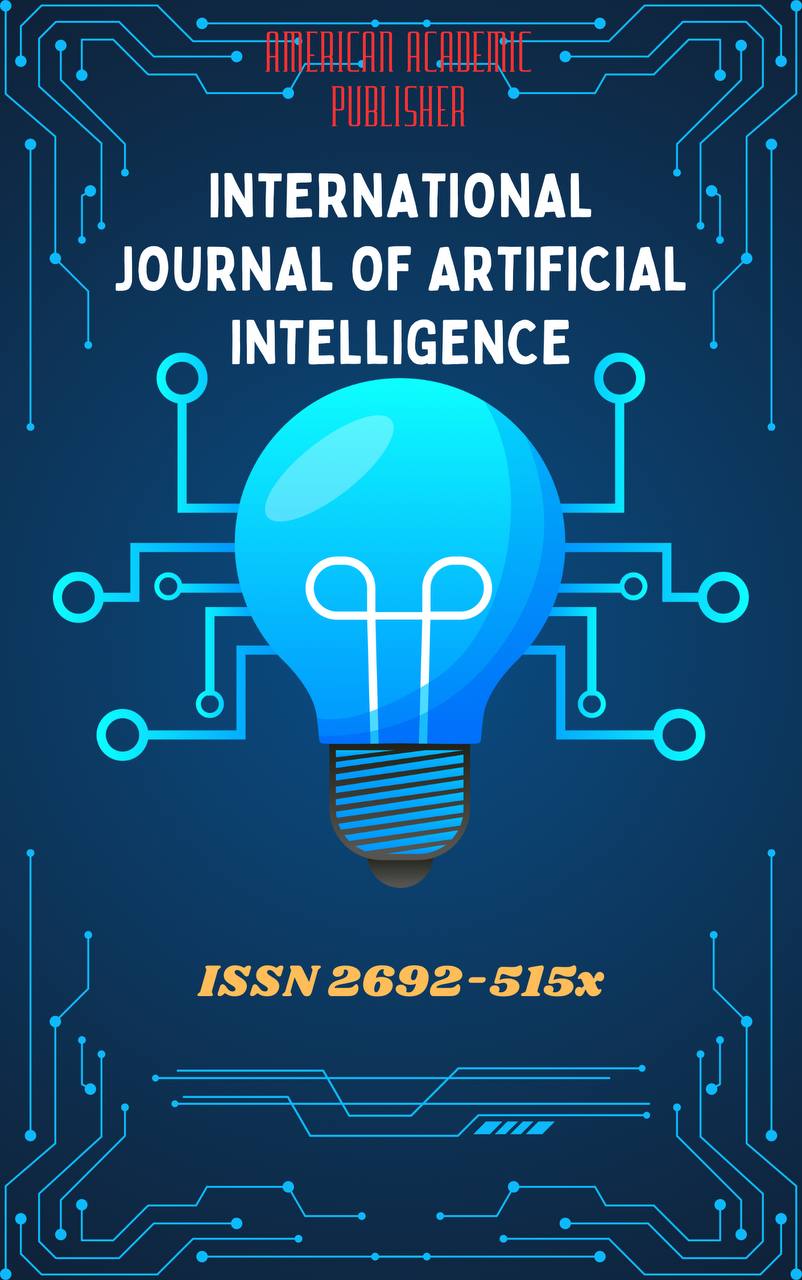 Articles
| Open Access |
Articles
| Open Access | THE ROLE AND FUNCTIONS OF SCIENTIFIC AND RESEARCH MUSEUMS AROUND THE WORLD
Fazilova Dilrabo Khudaykulovna , Senior Lecturer, Department of Social Sciences Branch of Kazan (Volga Region) Federal University in Jizzakh UzbekistanAbstract
This article explores the significance of museums, particularly science museums, in the context of modern informal education. It demonstrates that science museums serve as effective tools for visualizing the history of science through exhibits, promoting interactive learning methods, and enhancing scientific literacy. Furthermore, the article highlights the importance of expanding the role of museums as centers for scientific and pedagogical research and emphasizes the transformation of visitors into active participants through interactive exhibitions, science fairs, laboratory equipment, and technological experimentation zones.
Keywords
museum, global experience, science and experimental museums, educational and pedagogical activity, science, industrial and technological development, tangible and intangible heritage, conceptual model, International Council of Museums (ICOM), integrated science education programs, interactive zone, exhibition.
References
E. Mirogianni-Arvaniti, 1999, “The role of museum-educator in Greece”, Archaeology, 71, 50-53.
M. Oikonomou, 2004, “New Technologies and Museums: tool or obstacle?”, International Scientific Electronic Journal, Issue 1.
M. Braund, M. Reiss, S. D. Tunnicliffe, T. Moussouri, 1997, “Getting the most from ‘Out-of-School’, learning in science: What should teachers know?”, available at: http://www.ase.org.uk/ htm/conferences/at-si/pdf/F9.pdf (last visited 01/25/08).
E. Hooper-Greenhill, 1994, The Educational Role of the Museum, Routledge, London and New.
Museum-based Science Education, Learning, and Motivation //Martin, A.J., Durksen, T.L., Williamson, D., Kiss, J., & Ginns, P. (2016). The role of a museum- based science education program in promoting content knowledge and science motivation. Journal of Research in Science Teaching, 53, 1364-1384. DOI 10.1002/tea.21332.
History of Science and Science Museums//Article in Science & Education October 2015. -19 p.
Hülya Ertaş, “Okul Dışı Etkinliklerle Desteklenen Eleştirel Düşünme Öğretiminin Eleştirel Düşünme Eğilimine ve Fizik Dersine Yönelik Tutuma Etkisi”, Ankara Üniversitesi Sosyal Bilimler Enstitüsü, Yayımlanmamış Doktora Tezi, Ankara, 2012, s. 12.
https://www.tandfonline.com/doi/abs/10.1080/0950069980200604/
21.03.2025
Catherine A. Haden (Loyola University Chicago). Talking About Science in Museums. Child Development Perspectives, Volume 4, Number 1, Pages 62–67.
South Australian Museum Review (South Australia. Government of South Australia. Department of the Premier and Cabinet). Council of Australasian Museum Directors 2022-23 museum sector data.
Шмидт С.О. Краеведение и документальные памятники. - Тверь, 1992 //Об использовании музеев в учебно-воспитательной работе школ. В помощь музейному работнику и педагогу. - М.: 1939. //Анциферов Н.П. Краеведный путь в исторической науке: Историко- культурные ландшафты. //Краеведение, 1928, № 6. С.329. // Детский туризм в России. Очерки истории: 1918-1998 гг. /Автор- составитель Ю.С.Константинов. - М: 1998. С. 24-27.
Современные тенденции в развитии музеев и музееведения: Материалы IV Всеросс. с международным участием науч.-практ. конф. (Новосибирск, 22−23 окт. 2020 г.) / Отв. ред. д-р ист. наук О. Н. Шелегина, д-р ист. наук Г. М. Запорожченко; Ин-т истории СО РАН. — Новосибирск: ИПЦ НГУ, 2020. - С.19.
Martin, A.J., Durksen, T.L., Williamson, D., Kiss, J., & Ginns, P. (2016). The role of a museum- based science education program in promoting content knowledge and science motivation. Journal of Research in Science Teaching, 53, 1364-1384. DOI 10.1002/tea.21332.
Шепеткова И. А. Театрализация музейного пространства как форма взаимодействия с посетителями. Дисс. канд. культурологии. СПб., 2006. – C. 215.
Колесникова И. А. О феномене музейной педагогики // Художественный музей в образовательном процессе. СПб.: Спец Лит, 1998. С. 6−15.
Frank Oppenheimer, Department of Physics, University of Colorado Reprinted from Curator: Rationale for A Science Museum. The Museum Journal, Volume 1 Issue 3, Pages 206-209 (September 1968)
Peter Heering (Europa-Universität Flensburg). Science Museums and Science Education. Isis -Volume 108, Number 2, June 2017. - P. 399-406.
Peter Heering, “The Enlightened Microscope: Re-enactment and Analysis of Projections with Eighteenth-Century Solar Microscopes,” British Journal for the History of Science, 2008, 41:345–368.
Elizabeth Cavicchi, “A Witness Account of Solar Microscope Projections: Collective Acts Integrating across Personal and Historical Memory,” Brit. J. Hist. Sci., 2008, 41:369–383.
Fazilova Dilrabo Khudaykulovna. (2025). History and Development of The Organizational Activities of The Physics and Technology Institute. International Journal Of History And Political Sciences, 5(05), 42–45. https://doi.org/10.37547/ijhps/Volume05Issue05-11.
Фазилова Д.Х. История формирования научно-исследовательских музеев в мире //Muzeyshunoslik XXI asrda: tadqiqotlar, an’analar va innovatsiya. Хalqaro ilmiy-amaliy konferentsiya materiallari. T., 2024. 141-147-betlar.
Fazilova D.X. Fizika-texnika institutining tarixiy ilmiy kashfiyotlarini raqamli kontentga aylantirish va ularni ilmiy-ta’limiy resurslarga integratsiya qilish //Современные проблемы интеллектуальных систем. Сборник Республиканского научно-практического конференции. Часть 2. Джизак, 18-19-апреля 2025. г. – С. 5-8.
Article Statistics
Downloads
Copyright License

This work is licensed under a Creative Commons Attribution 4.0 International License.

